40% 20% platinum ruthenium catalyst
40% platinum 20% ruthenium carbon black catalyst
Main metal content: 40%Pt20%Ru
CAS: 7440-06-4 7440-18-8
Carrier: Conductive carbon black VXC72 or VXC72R
Appearance: black powder
Application scope:
Proton exchange membrane fuel cells, proton exchange membrane electrolysis of water for hydrogen production, cable shielding materials, cable accessories, semiconductors, electronic circuit boards, electrical appliances and transportation equipment, etc.
Cathode catalyst: The cathode electrocatalyst of proton exchange membrane fuel cell (PEMFC) mainly uses Pt metal. The currently widely used cathode catalysts usually refer to platinum-carbon black composite electrocatalysts, which can achieve high oxygen reduction activity and certain stability. Precious metal platinum is used as a cathode catalyst. At present, the biggest problem is whether the catalytic activity can be maximized. To achieve the desired effect, a certain amount of platinum must be loaded. While reducing the platinum loading, the electrocatalytic activity should also be improved. This technology needs to make certain changes in macroscopic composition and microscopic morphology, and changing the original structure can fundamentally solve the problem of effective utilization of catalysts. Then the electrocatalyst introduces ruthenium as a binary catalyst, which can effectively strip oxygen. Enhance the activity of platinum, significantly improve the catalytic activity. Water splitting requires higher electrical energy, which excessively limits the catalytic effect of pure platinum, and Ru can dissociate hydrogen-oxygen intermediates at lower potentials, which greatly improves the oxidative capacity of electrocatalysts. This is also the most widely used bifunctional mechanism.
20%, 40%, 60% platinum-ruthenium carbon catalyst is a carbon-supported catalyst that supports metal platinum-ruthenium (1:1) on superconducting carbon black, platinum 40%, ruthenium 20%, with small particle size and particle size distribution Uniform, high specific surface characteristics. It can be used as an electrocatalyst for hydrogen fuel cells, methanol fuel cells (DMFC) and proton exchange membrane (PEM) fuel cells. Carbon blacks VXC72 and VXC72R are industry standard conductive carbon blacks. This product can be widely used in various industrial fields that require electrical conductivity and antistatic properties, such as cable shielding materials, cable accessories, semiconductors, electronic circuit boards, electrical appliances and transportation equipment. VXC72 and VXC72R carbon blacks feature high electrical conductivity, easy dispersion, and UV resistance.





















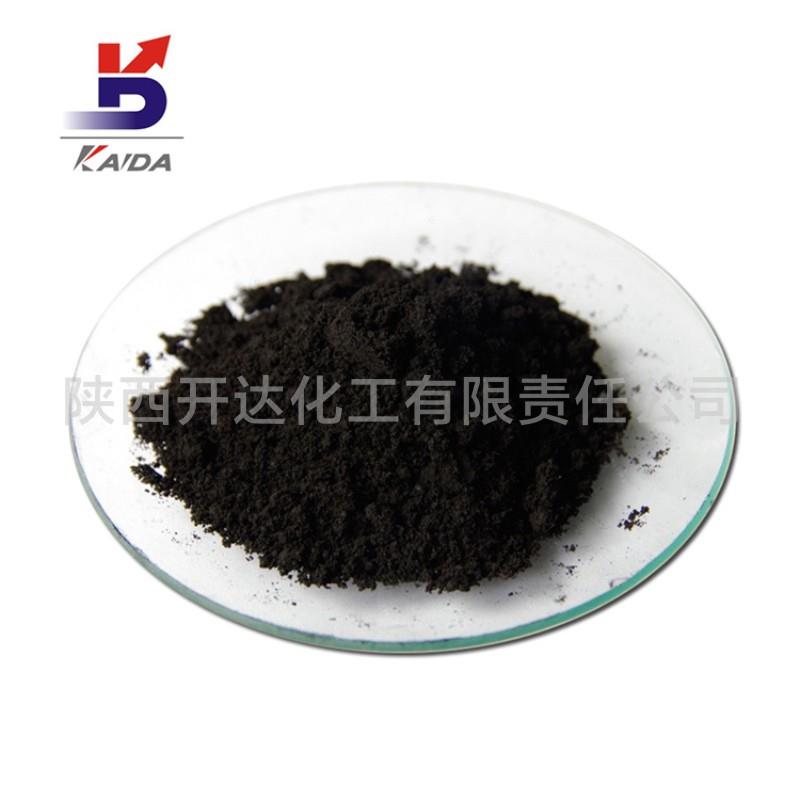
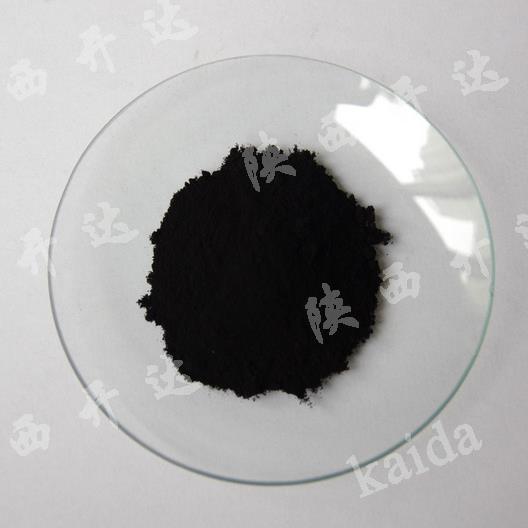

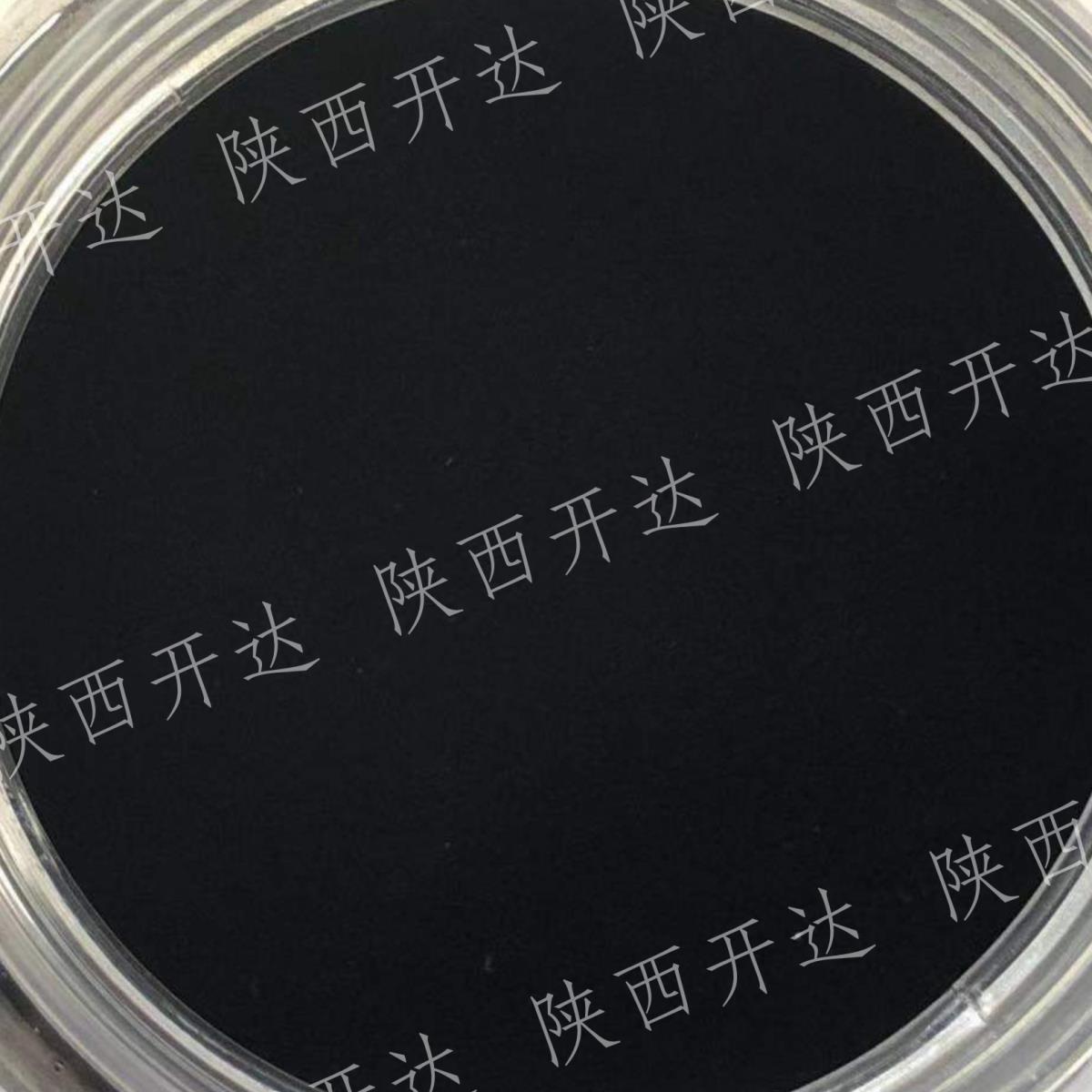
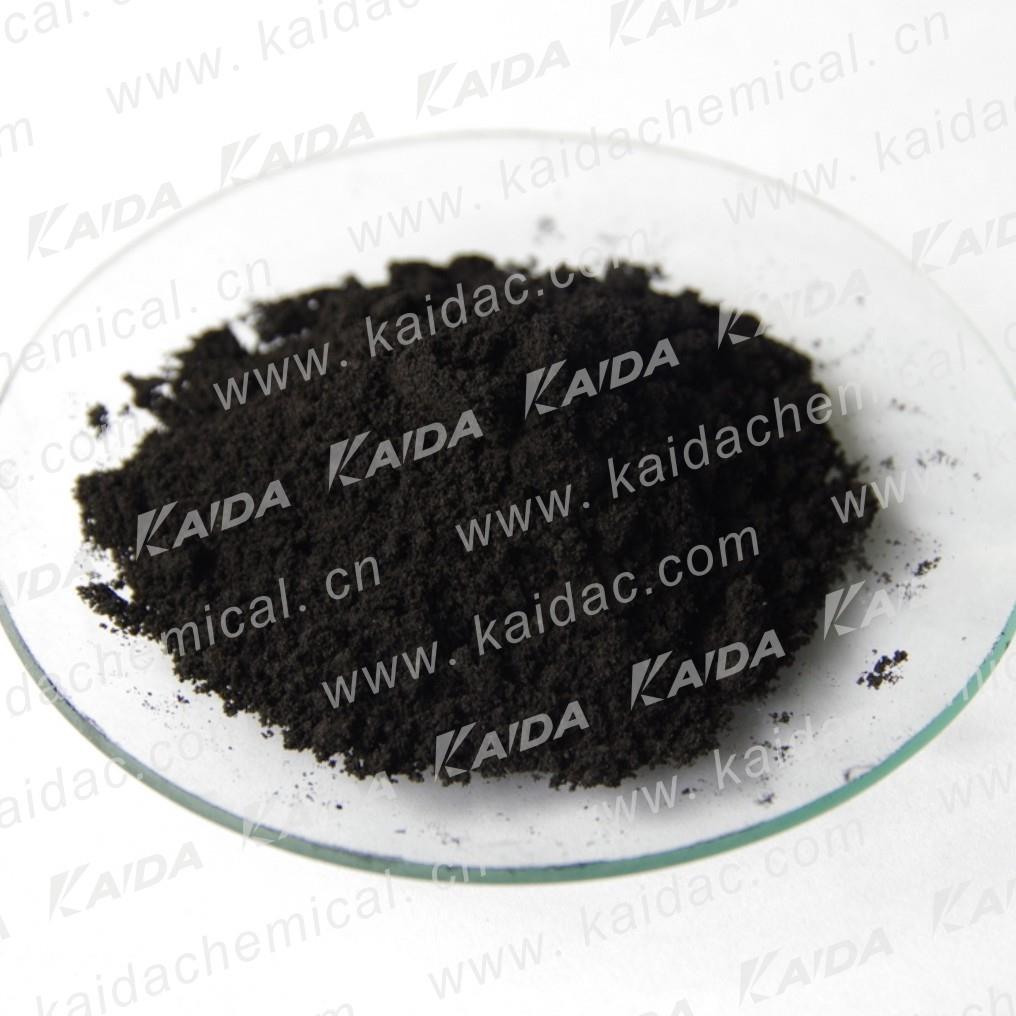
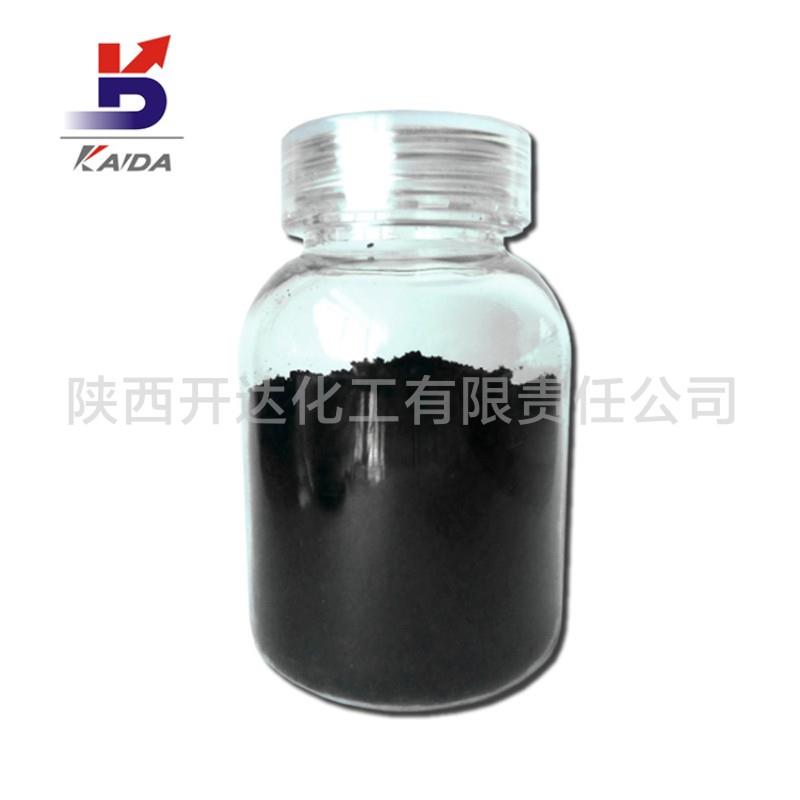


 陕公网安备 61030502000254号
陕公网安备 61030502000254号